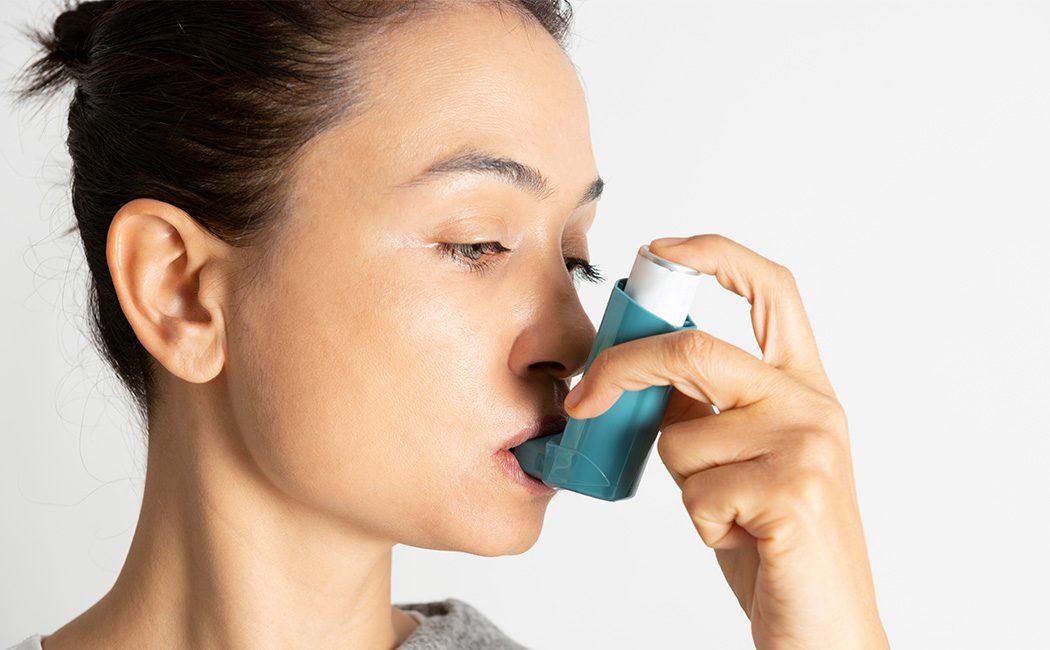Digital Dose Inhaler: Innovative Advances in Asthma and COPD Treatment A Look into the Future

Introduction to Digital Dose Inhalers
Digitalize dose inhalers are a new generation of inhalers that incorporate digital technology to record patient usage data and dosage. These inhalers have sensors that can track how many doses are taken each day as well as when doses are taken. The data is uploaded via Bluetooth to a companion smartphone app or other device to share the information with doctors, care providers, and family members.
How Digitalize Dose Inhalers Work
Digitalize dose inhalers work very similarly to traditional metered dose inhalers (MDIs) and dry powder inhalers (DPIs) that have been used for decades. They still contain the same medications such as albuterol or corticosteroids that are used to treat asthma, chronic obstructive pulmonary disease (COPD), and other lung conditions.
When the patient activates the inhaler by pressing down on the canister or mouthpiece, a measured dose is released. The key differences are the integrated digital sensors and connectivity. As each dose is taken, the inhaler records the date and time. This usage data is stored locally on the inhaler itself.
Patients can then connect their inhaler to a companion smartphone app, usually via Bluetooth, to wirelessly upload the recorded dose data. The app displays the dosing history in an easy-to-read format. It also provides alerts if doses are missed to help support medication adherence. All of this digital data sharing enables much more informed conversations between patients and care providers.
Benefits of Connected Digital Monitoring
One of the major advantages of Digital Dose Inhalers is increased medication adherence tracking and monitoring. Poor adherence to inhaler medications is a significant problem that leads to worse health outcomes and higher healthcare costs. With digital connectivity, doctors and nurses can easily see when and how often patients are actually using their inhalers.
Additionally, digital sensors provide more accurate documentation of inhaler technique compared to paper diaries. Correct inhaler use is important for ensuring the full dose is delivered to the lungs. If mistakes are detected in the usage data, coaches can work with patients to improve their inhaler skills. Telehealth interventions triggered by connected devices have been shown to boost medication adherence over time.
Early signs also suggest digital connectivity improves communication between patients and providers. For example, if dose data shows worsening asthma or COPD symptoms like more frequent rescue inhaler use, doctors may elect to adjust maintenance therapy sooner to get symptoms under control. And families can stay informed and lend support to help loved ones properly manage their conditions.
Privacy and Data Security Considerations
Of course, any connected digital health solution introduces new privacy and data security responsibilities. Patients deserve clear disclosures about how their personal usage data will be collected, stored, shared, and protected. Regulations like HIPAA in the US set baseline privacy and security rules for protected health information.
Digitalize dose inhaler manufacturers must implement strict access controls, encryption, and other safeguards to prevent unauthorized access to patient records. De-identified analytics may be shared to support product research and quality control, but identifiable data should only be accessible to the patient and their care team with appropriate consent. Data policies and transparency build much-needed trust in these new connected care models.
Improving Outcomes through Compliance and Intervention Program Integration
When digitalize dose inhalers are paired with well-designed compliance programs and clinical intervention triggers, they demonstrate promising results. For example, several studies integrating connected inhalers into asthma management programs saw meaningful reductions in exacerbations and emergency care visits compared to usual paper-diary based care.
Leveraging real-time digital data, nurses and respiratory therapists can proactively contact patients exhibiting poor adherence or worsening symptoms to provide education, address barriers, and adjust therapeutics as needed. Remote monitoring also empowers remote or rural patients with limited access to specialty care. Early detection of issues combined with prompt intervention can significantly curb healthcare utilization and costs over time.
Get more insights on Digital Dose Inhalers
Also read related article on Digital Dose Inhalers
- Art
- Causes
- Crafts
- Dance
- Drinks
- Film
- Fitness
- Food
- Spiele
- Gardening
- Health
- Startseite
- Literature
- Music
- Networking
- Andere
- Party
- Religion
- Shopping
- Sports
- Theater
- Wellness
- IT, Cloud, Software and Technology


